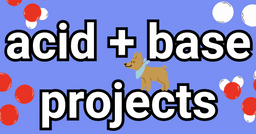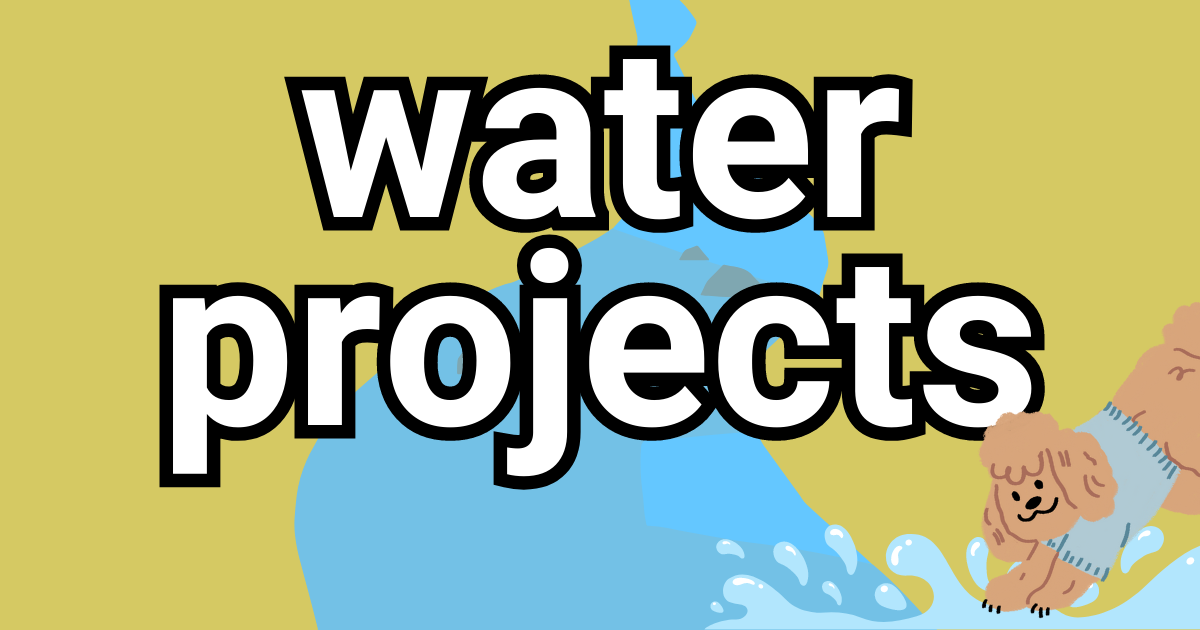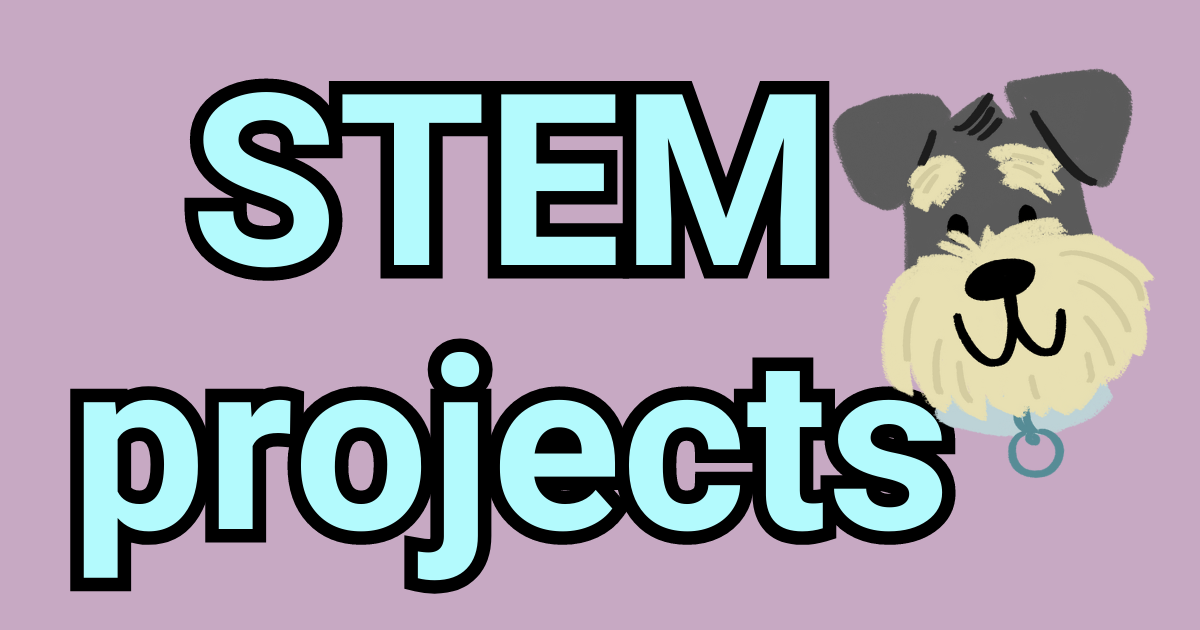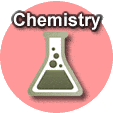
25 Acid and Base Science Projects & Intro to Acids and Bases
Watch as changing colors swirl and dance in this mesmerizing lava lamp experiment using red cabbage juice and Alka-Seltzer tablets. Discover the secrets of pH indicators and fizzy reactions!
Medium
Learn how to make your own acid/base indicator using red cabbage and use it to test different fluids!
Medium
Ever wondered which soda is the worst for your teeth? Find out in this fun science experiment!
Medium
Did you know that something interesting happens when you place a sea shell into vinegar? Explore chemical reactions involving acids and bases in this fun experiment!
Easy
Explore this fascinating egg experiment with vinegar that makes a bouncy egg! Discover the science of acid and base chemical reactions and protein denaturation!
Easy
Find out if rocks have calcium carbonate, also known as calcite, in them with a simple fizz test!
Medium
Create a fizzing, bubbling reaction with baking soda and vinegar! Learn about acid-base reactions and have fun while doing it!
Easy
Did you know that milk from the fridge can be transformed into plastic? How cool is that?
Easy
Let's explore how different carbohydrates affect the amount of C02 produced when yeast ferments!
Medium
Does acid rain dissolve buildings? Find out by testing marble, limestone, granite, and bricks in vinegar!
Hard
Find out which antacid can neutralize the most acid and get relief from heartburn and gastritis!
Hard
Do you want to find out how to make Alka-Seltzer tablets dissolve faster? Join us in this science project to find out!
Medium
Learn how to protect marble from the damaging effects of acid rain with a simple science project!
Hard
Does the acid in soda really cause tooth decay? Find out in this experiment!
Medium
What happens to seawater when the ocean temperatures rise? Let's explore how temperature affects the pH and salinity of seawater!
Hard
Does acid rain affect the growth of sunflowers? Find out by testing different pH levels of water on sunflower plants!
Hard
Can aquatic plants help reduce the acidity of our oceans? Find out in this fun science project!
Medium
Does acidic water make Zebra mussel shells softer? Let's find out!
Easy
Does the pH level of soil affect how well grass grows? Find out with this fun science project!
Easy
Uncover the hidden secrets of the soil by digging deep and analyzing the texture, depth, color, structure, moisture and presence of rocks, roots and free carbonates.
Medium
Discover how the pH of rainwater changes in different places! Collect rainwater and measure its pH with test strips.
Medium
Ever wondered how different types of fluids affect our kidneys? Find out in this fun science project!
Hard
Let's find out how much pollution our local bodies of water can take before it becomes unsafe!
Hard
Let's explore how the pH level of acid in our stomachs affects the digestion of proteins!
Hard
Let's explore how acids and alkalis affect the growth of bacteria!
Medium
Share this page:

 Explore how water plays a vital role in plants, discover the special properties that make water unique and do fun chemical reactions with water! Dive in and discover the fascinating world of water! Browse
Explore how water plays a vital role in plants, discover the special properties that make water unique and do fun chemical reactions with water! Dive in and discover the fascinating world of water! Browse  Learn all about rocks, minerals & crystals with our lesson & science projects: rock cycle, sedimentary rocks, metamorphic rocks, igneous rocks. Browse
Learn all about rocks, minerals & crystals with our lesson & science projects: rock cycle, sedimentary rocks, metamorphic rocks, igneous rocks. Browse  Get ready to crack open a world of egg-citement with these incredible egg projects ranging from chemistry to engineering experiments! Browse
Get ready to crack open a world of egg-citement with these incredible egg projects ranging from chemistry to engineering experiments! Browse  Explore the wonder and excitement of these STEM projects! Each of these only need a few items you may have at home, so it's an easy and fun way to teach kids about STEM! Browse
Explore the wonder and excitement of these STEM projects! Each of these only need a few items you may have at home, so it's an easy and fun way to teach kids about STEM! Browse  Biology is the study of living things and how they work. Browse
Biology is the study of living things and how they work. Browse  Chemistry is the study of matter, which is everything around us! Explore different chemical reactions in these science projects! Browse
Chemistry is the study of matter, which is everything around us! Explore different chemical reactions in these science projects! Browse  Physics is the study of how the universe works. Discover the forces and motions that give rise to volcanic eruptions! Browse
Physics is the study of how the universe works. Discover the forces and motions that give rise to volcanic eruptions! Browse  Engineering is all about solving problems using science and math. Browse
Engineering is all about solving problems using science and math. Browse